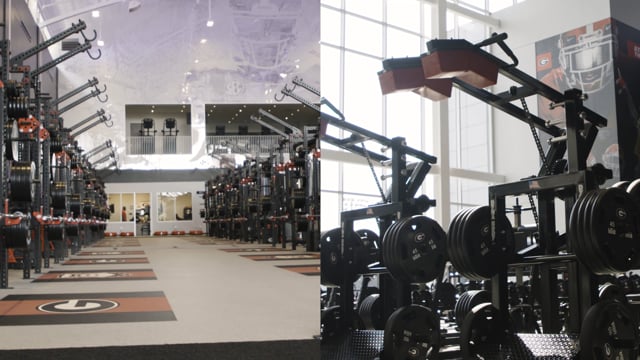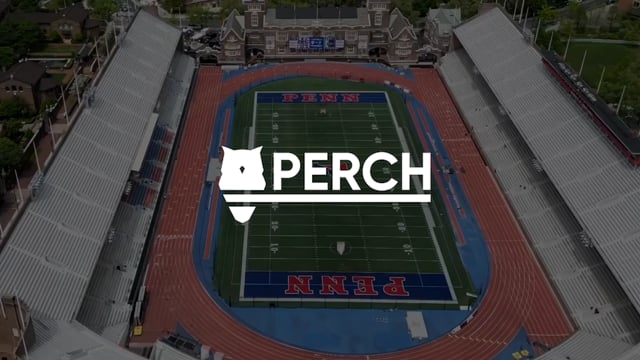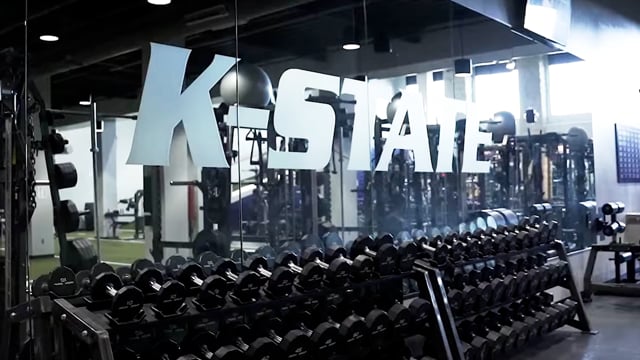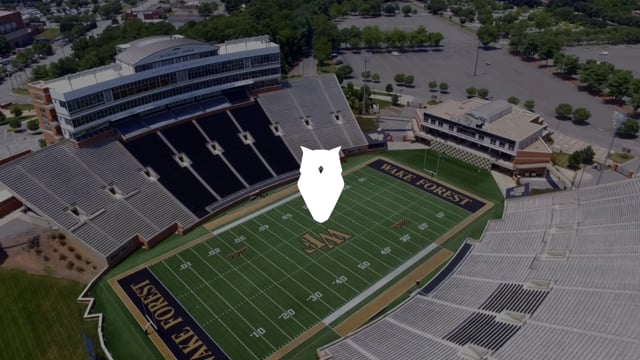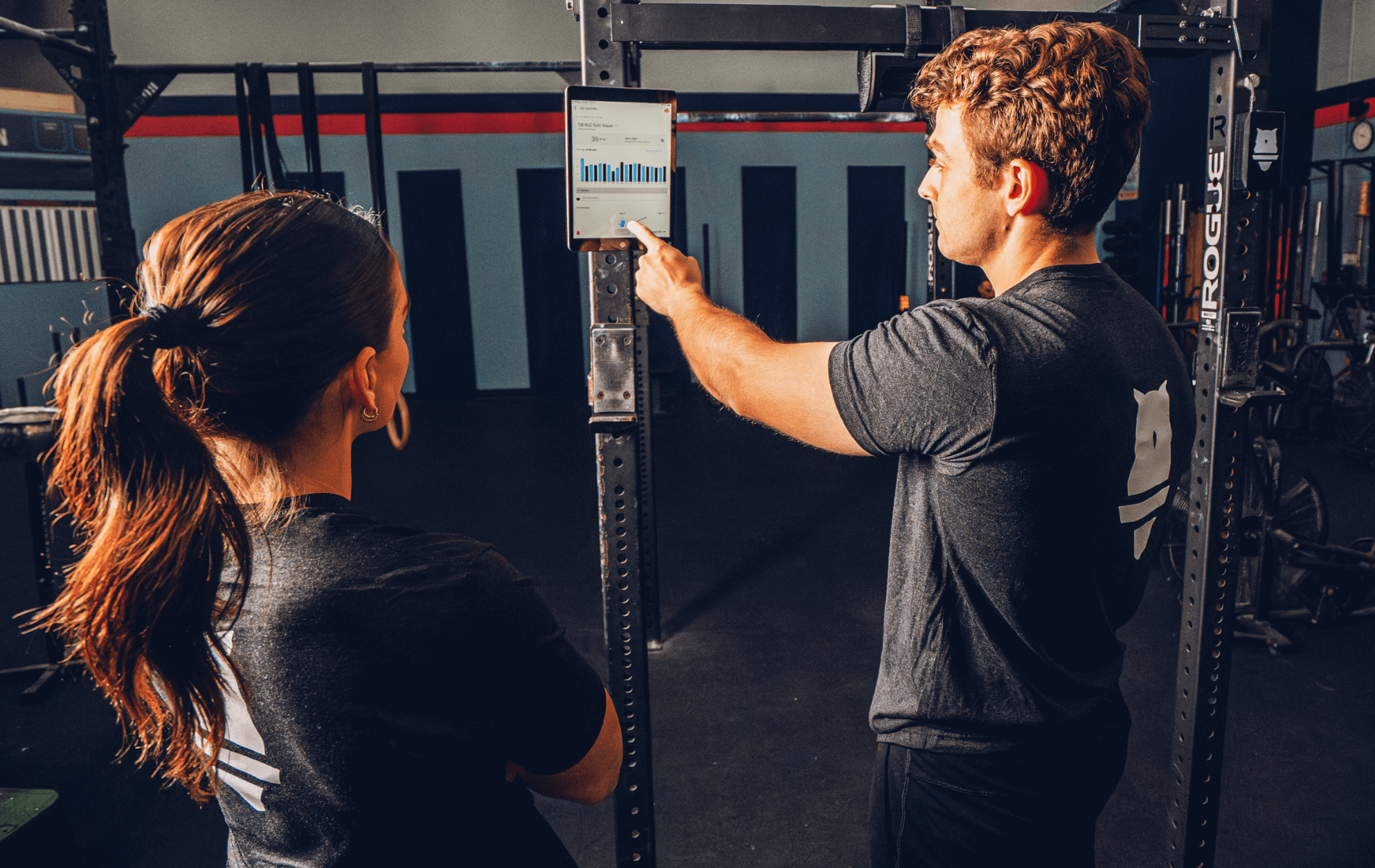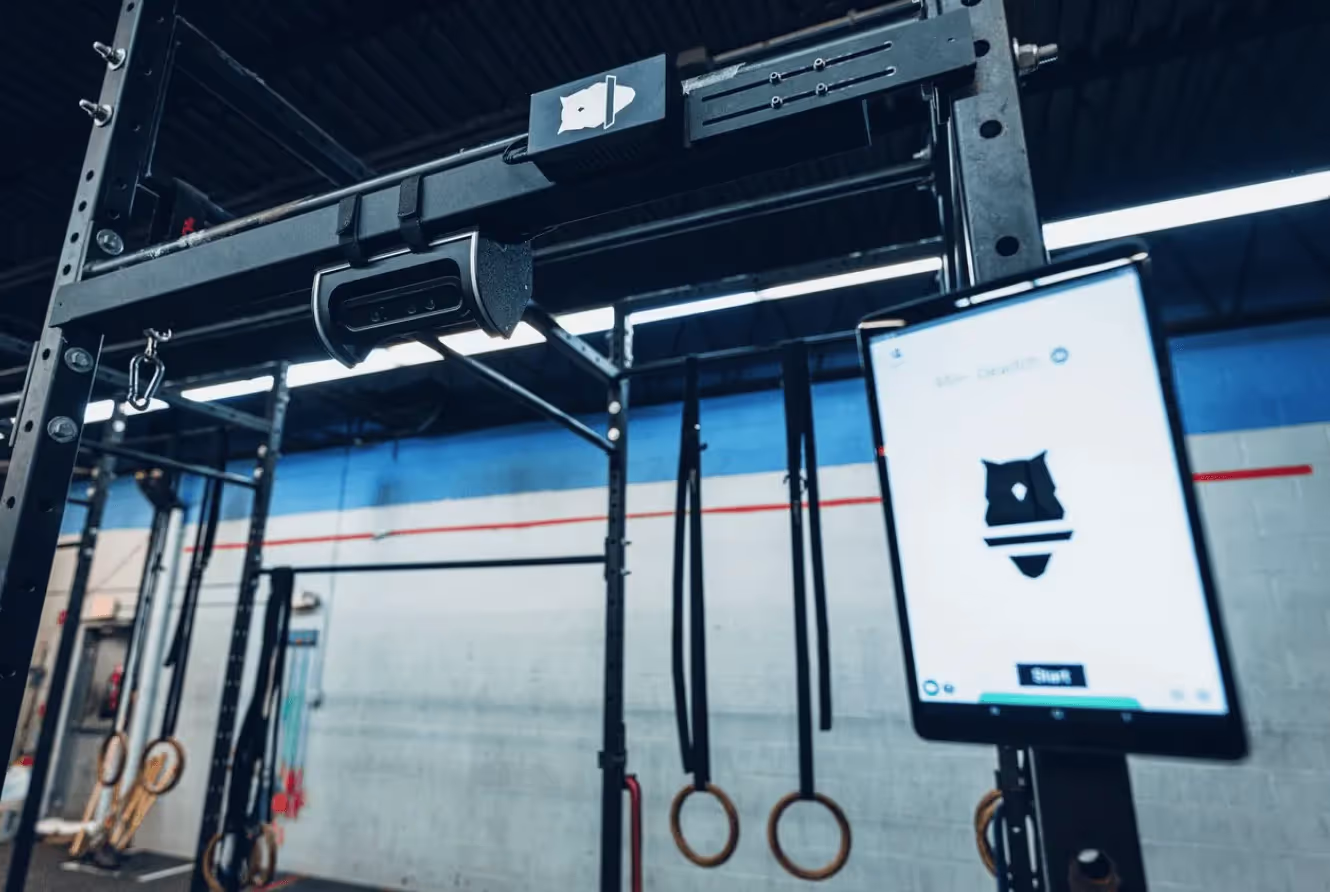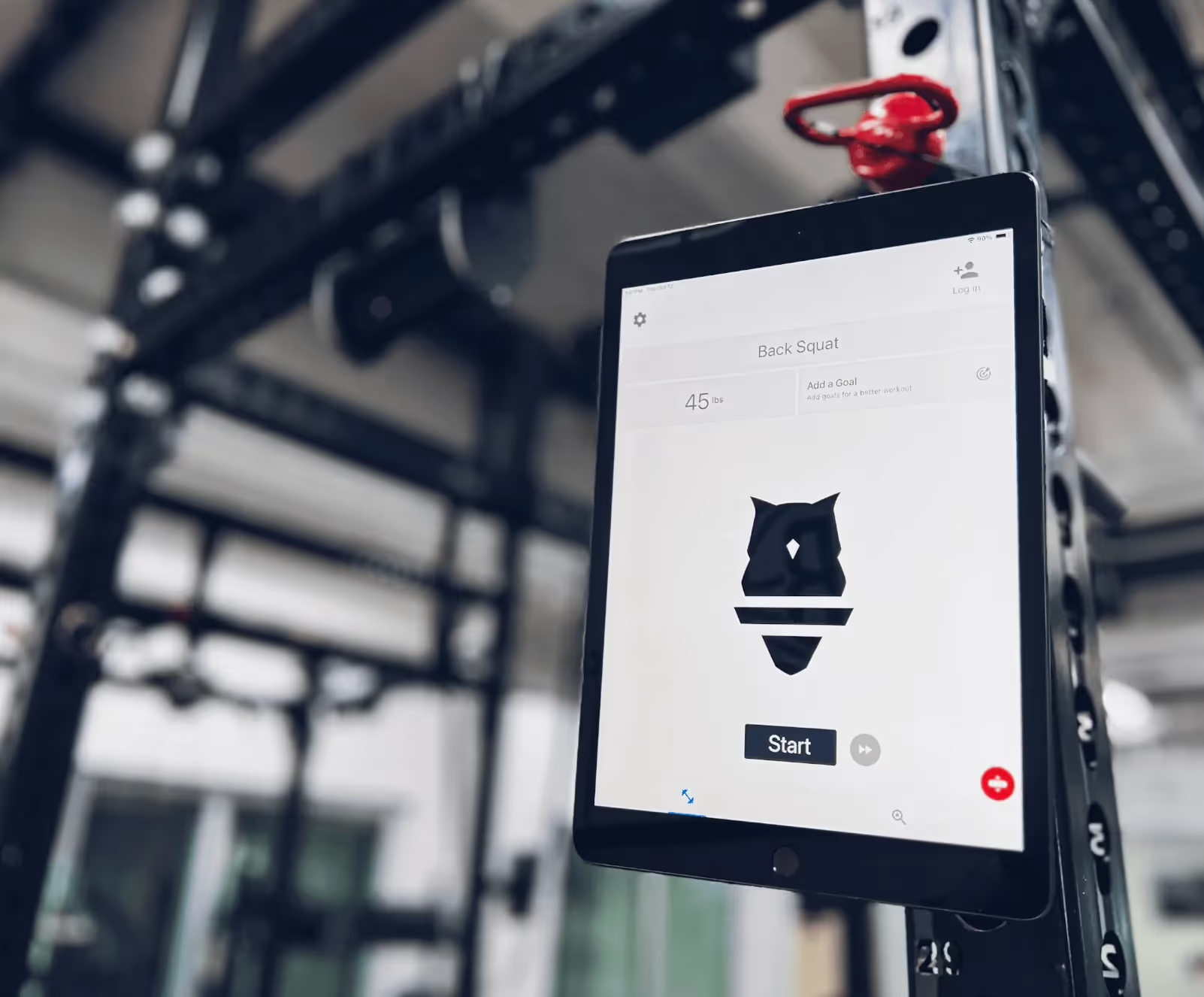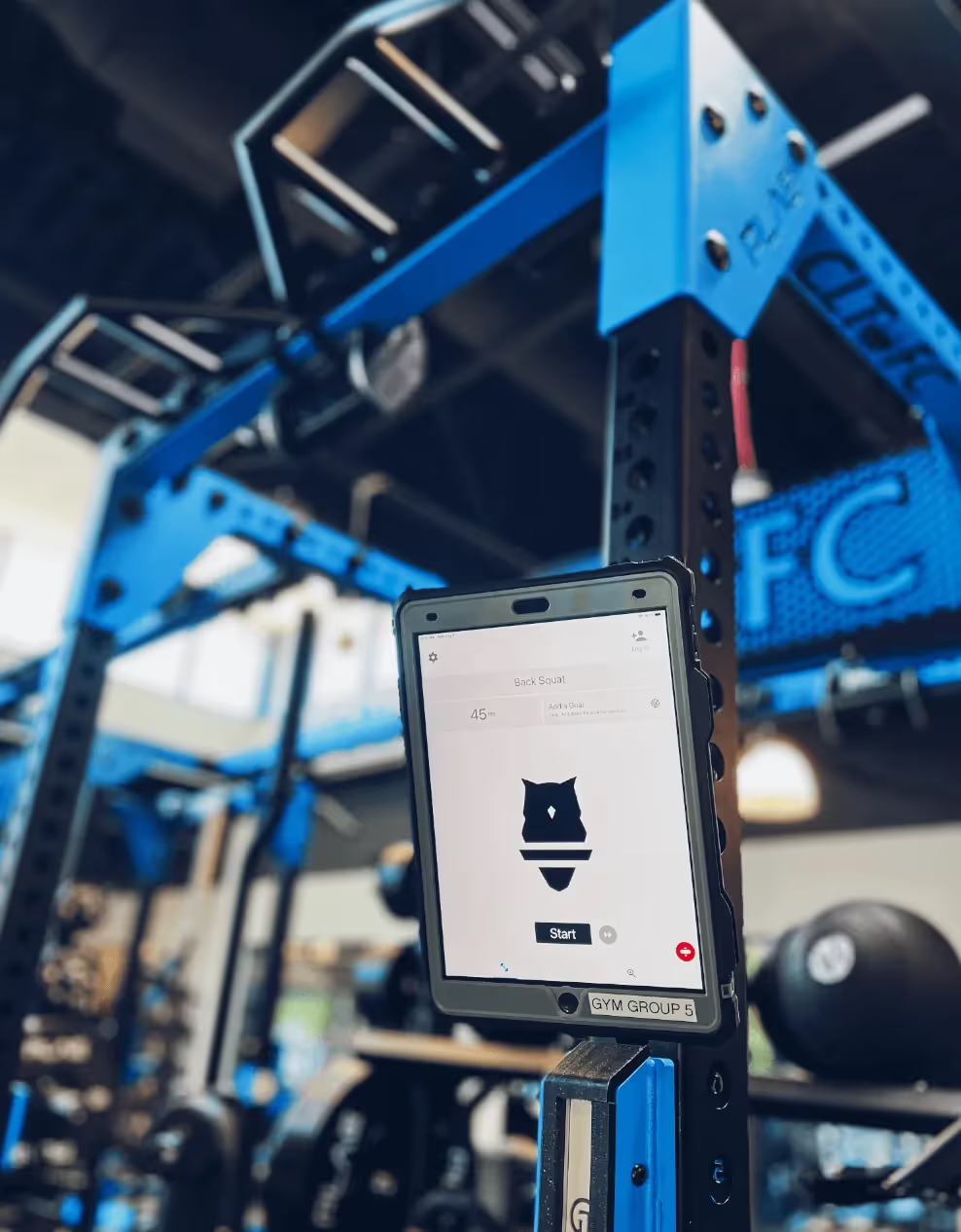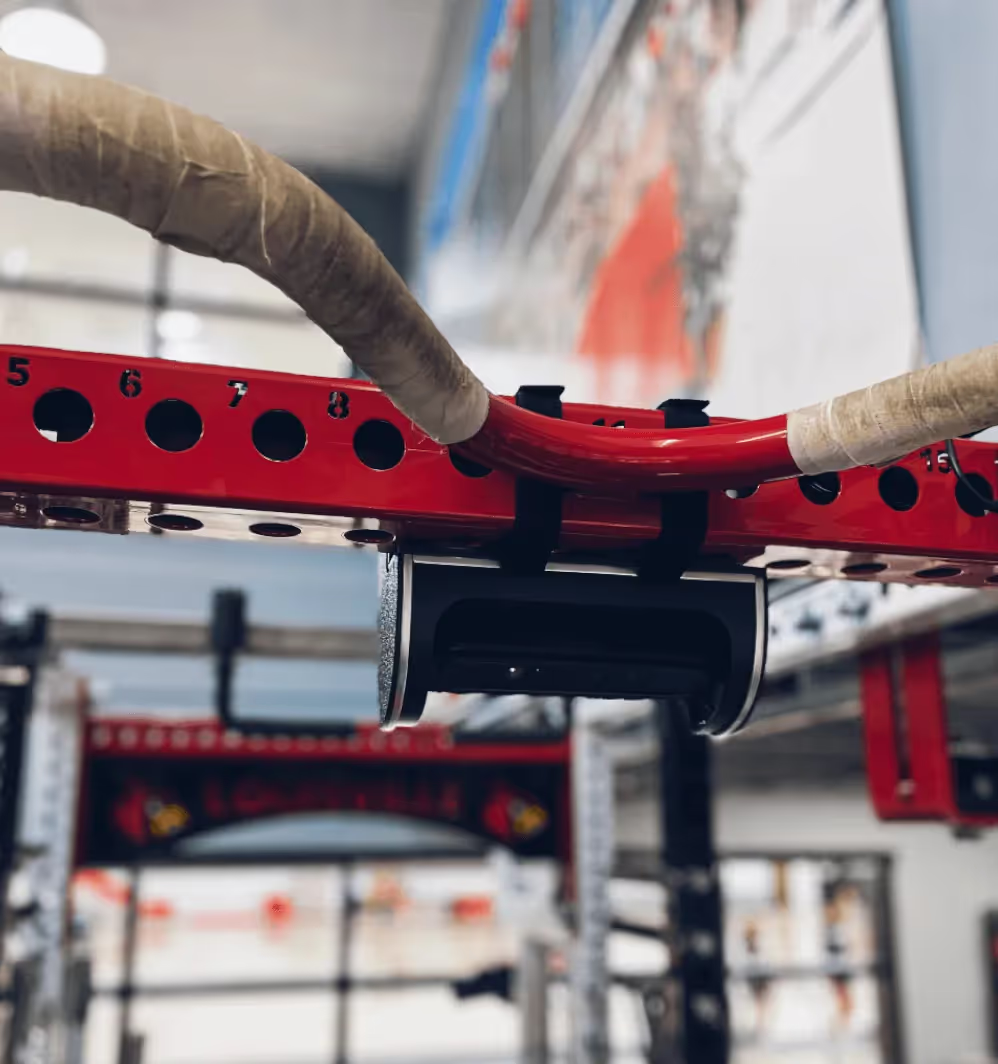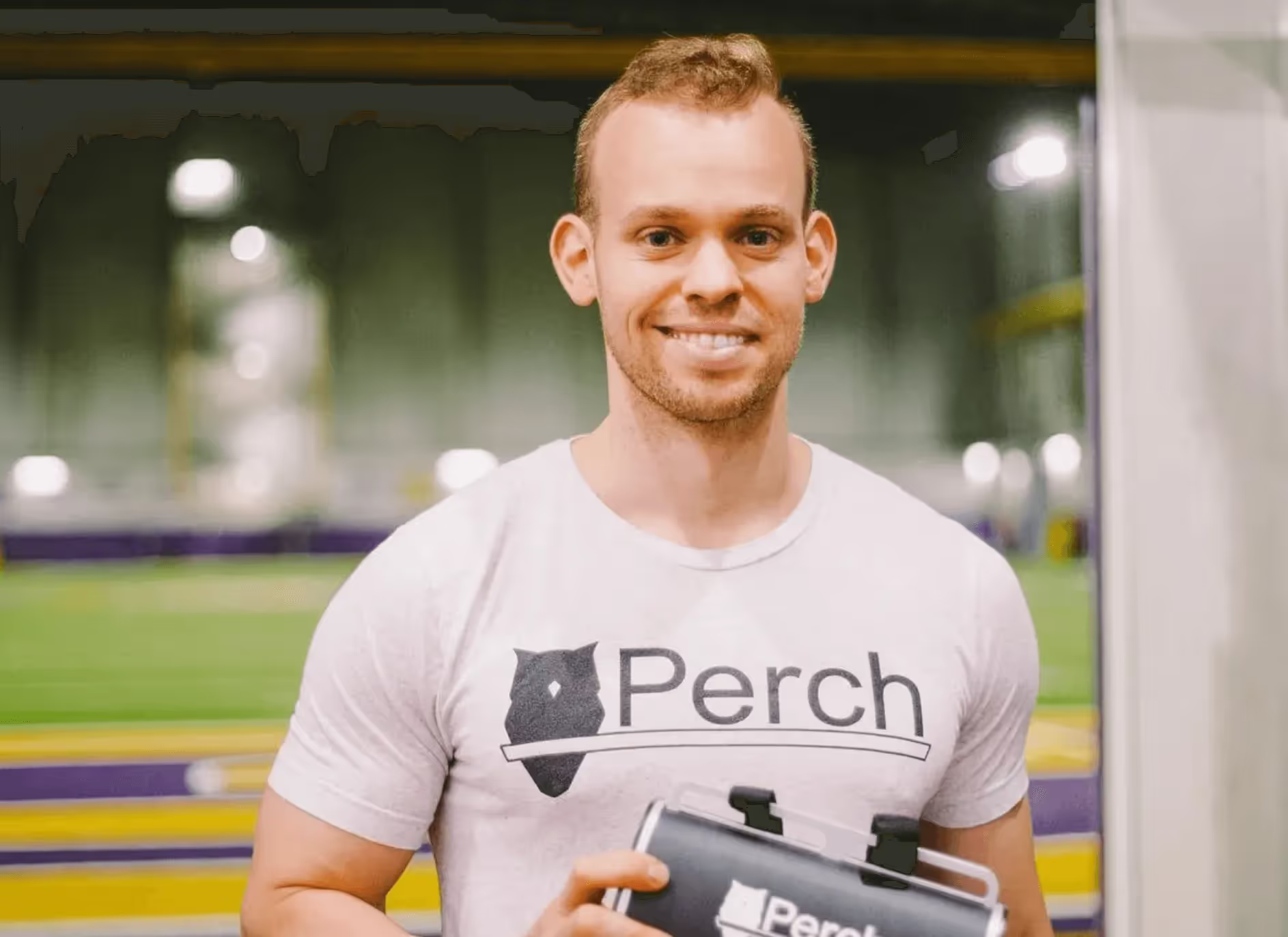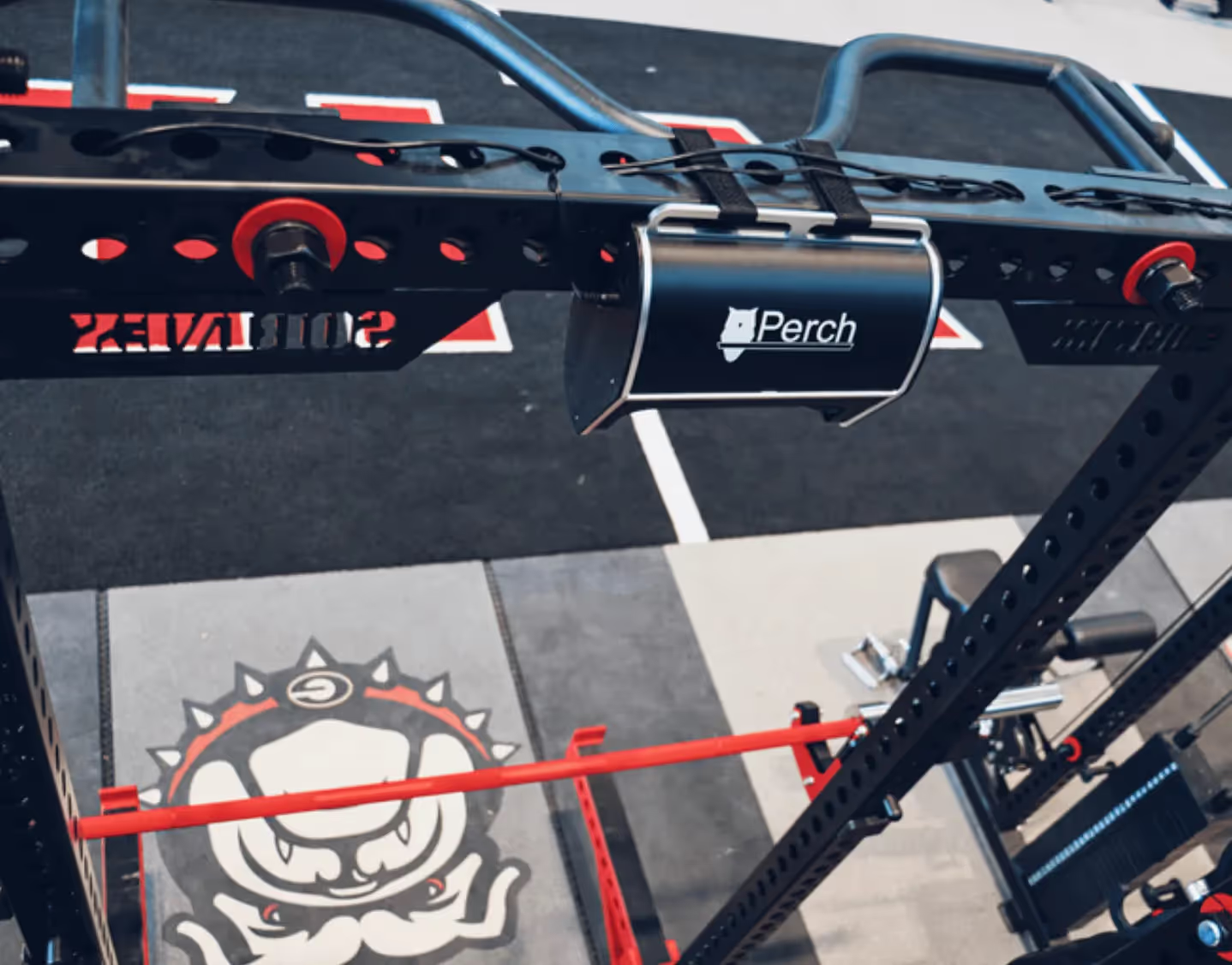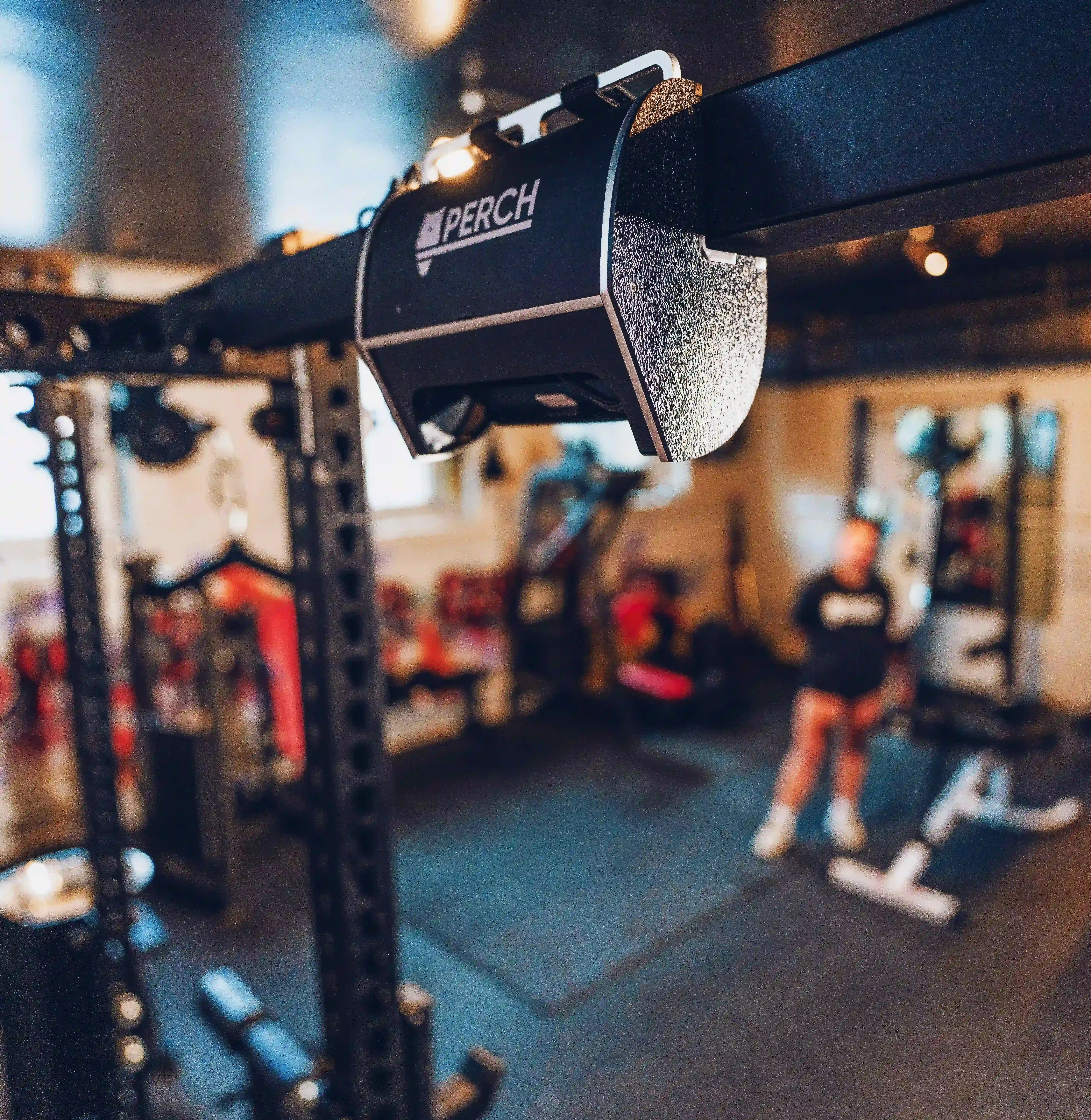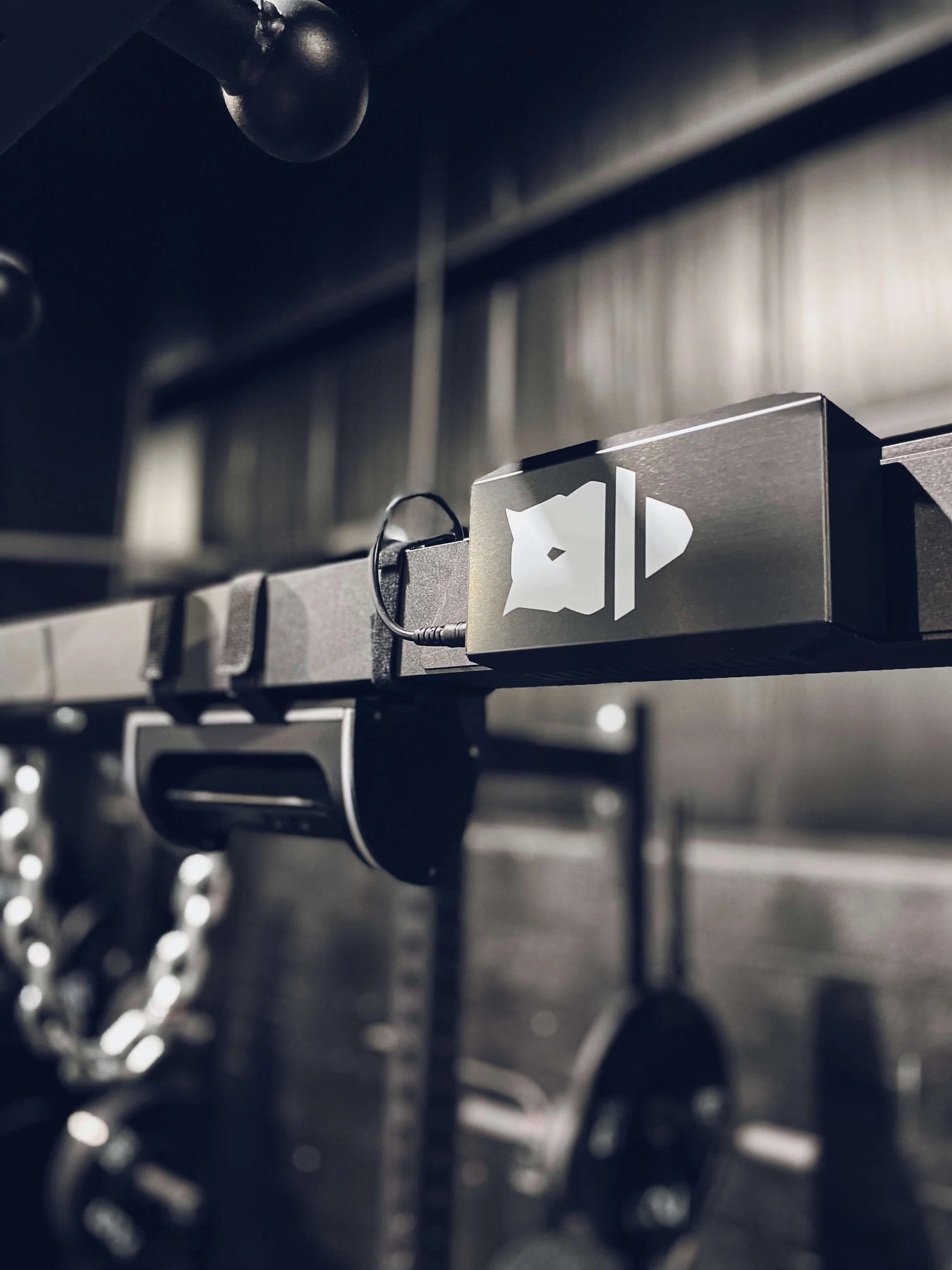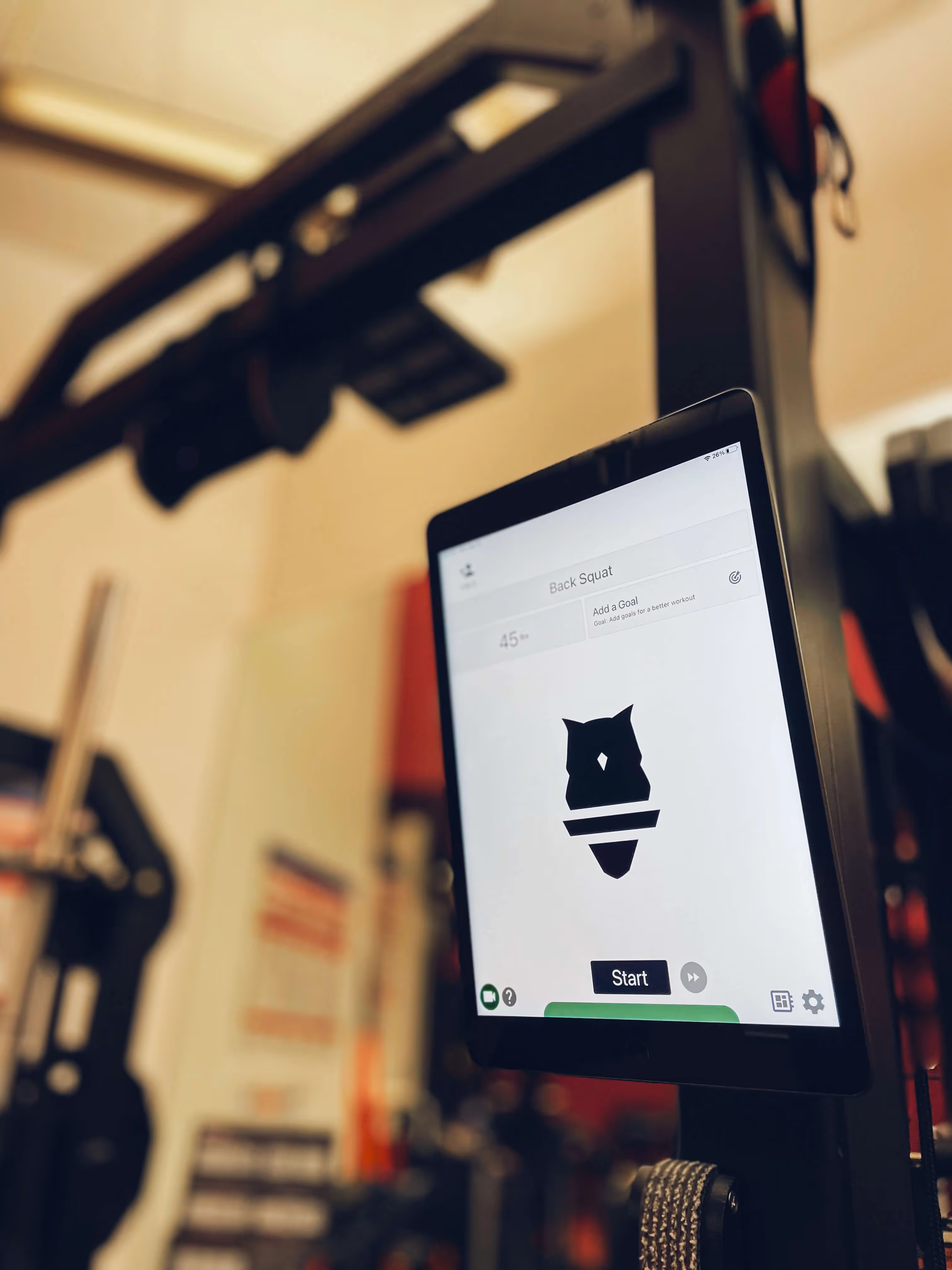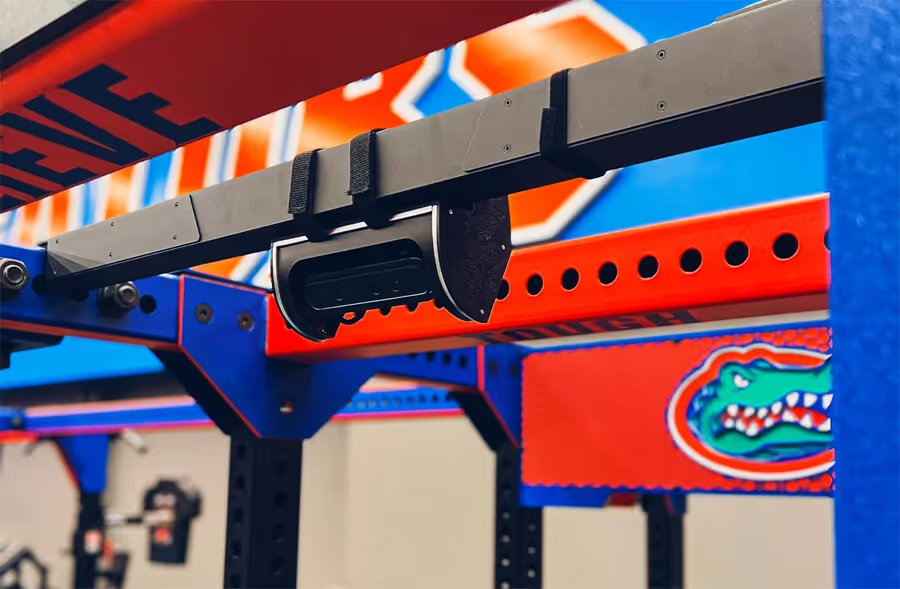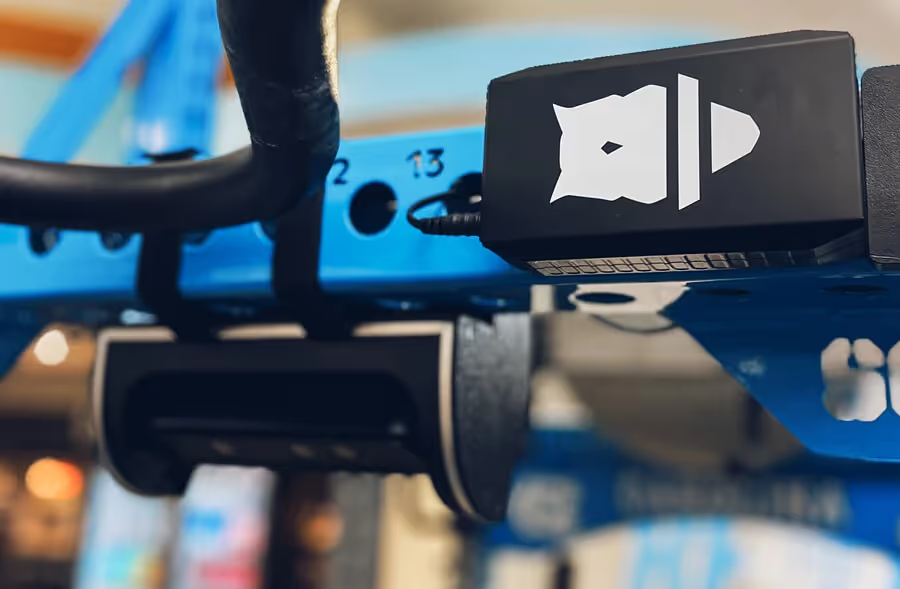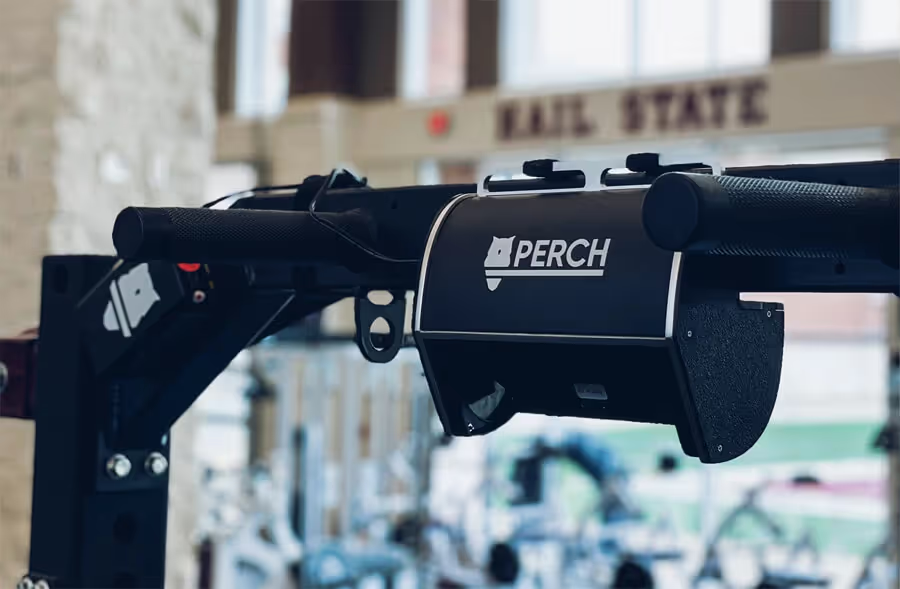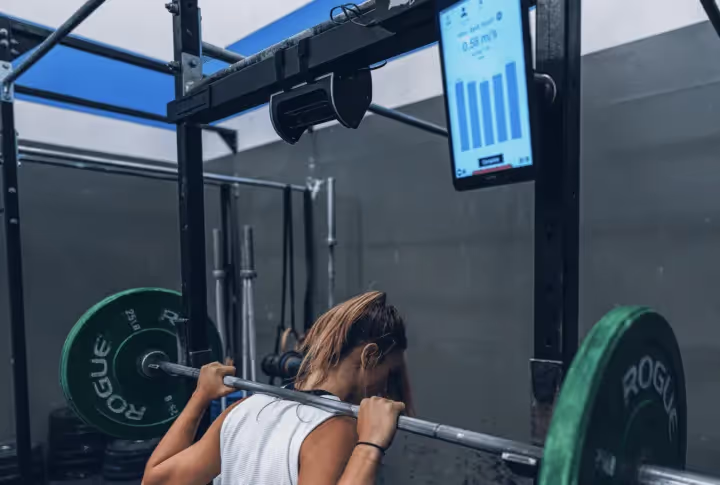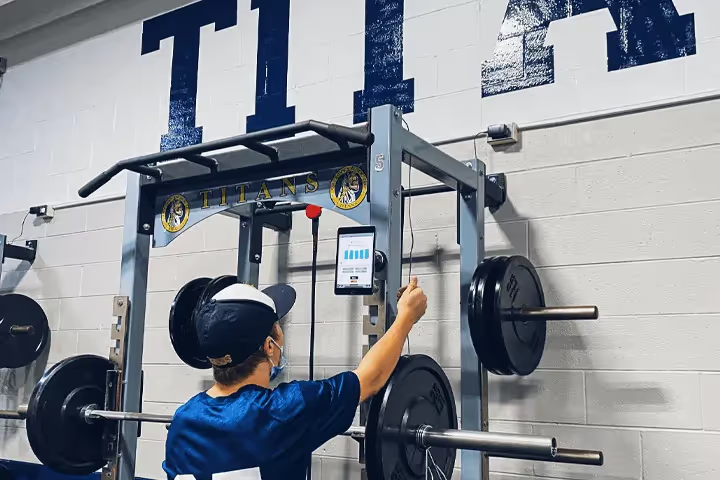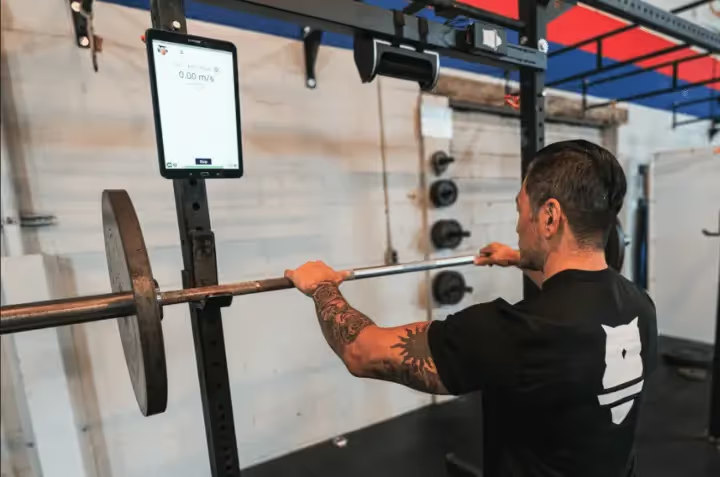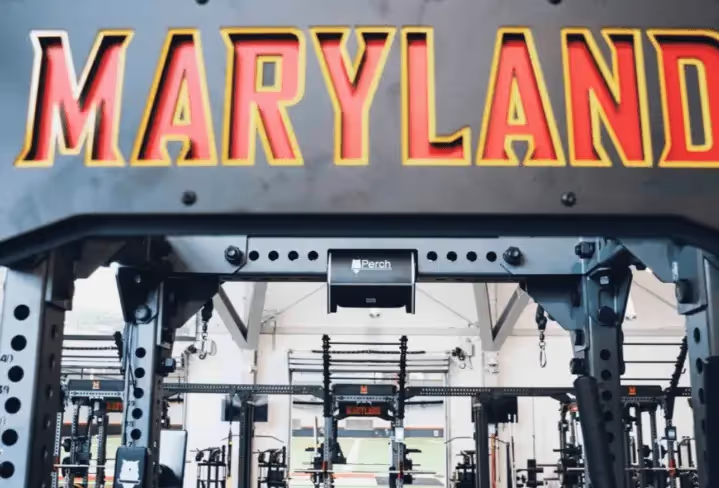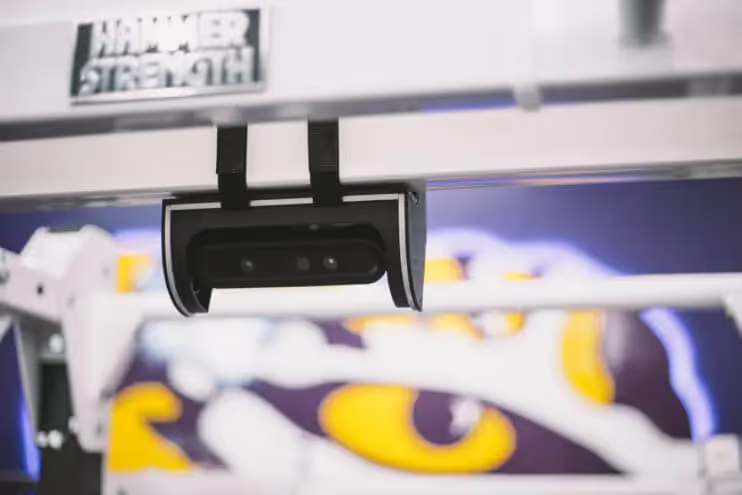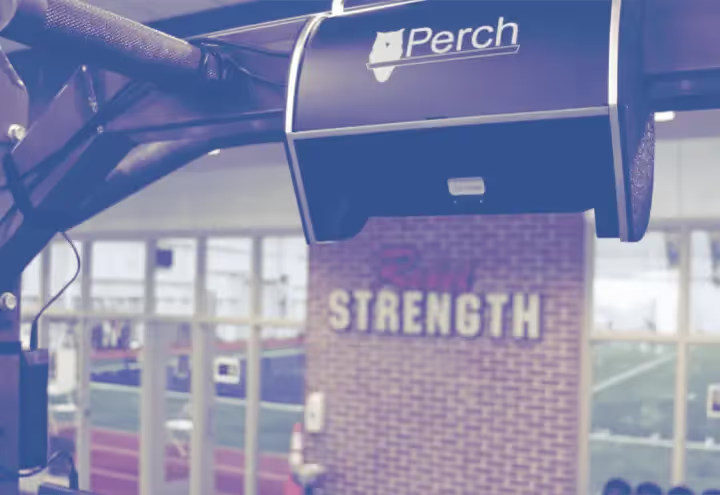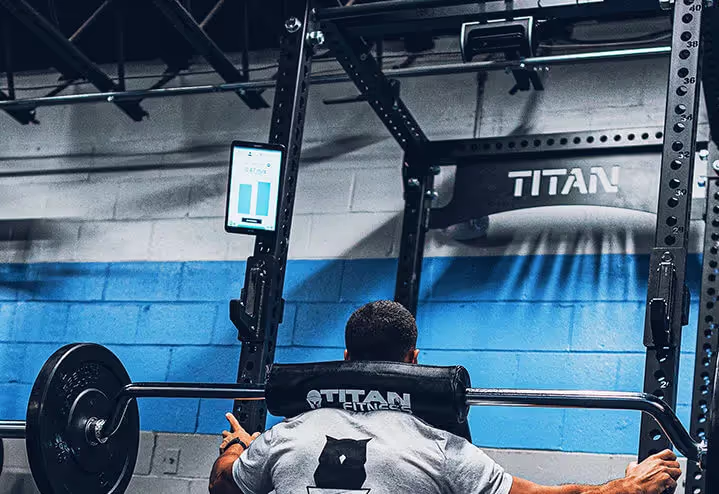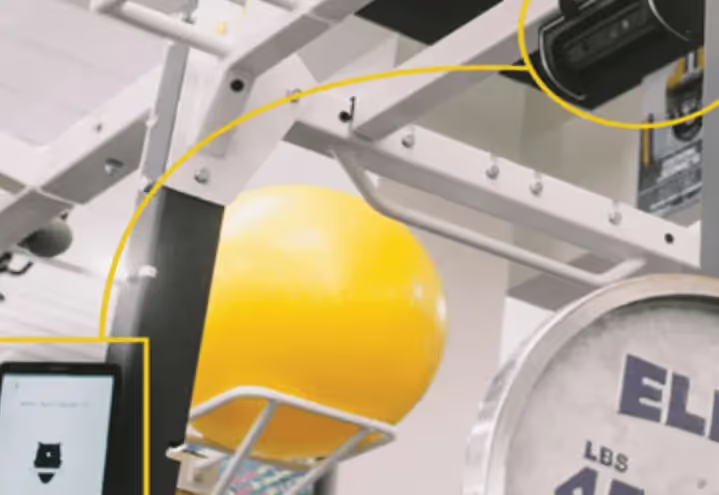Using VBT To Predict 1RM
.avif)
Determining an athlete’s 1RM is an important part of developing a training program. A 1RM can help coaches program appropriate loads through training cycles. They can then retest the athlete’s 1RM to determine if the athlete got stronger. With new technology, it is possible to accurately predict athlete 1RMs. This allows coaches to assess athletes within lifting sessions and saves time otherwise reserved for testing days. There are multiple ways to do this, but this is our favorite.
THE PROBLEM WITH 1RM TESTING
Traditionally, the maximum load an athlete can lift without failure has been determined just like that: the athlete performs an exercise with progressively heavier loads at maximal effort until they no longer can. This poses 3 primary concerns:
- Time: Coaches testing all athletes on the team takes time. Each athlete must keep lifting increasingly heavy weights until they no longer can. While there is something to be said for the energy in the weight room, this requires coaches to set aside valuable training days to test performance, instead of assessing while training.
- Injury Risk: As athletes try to go beyond their 1RM their risk of poor form and injury has been shown to increase, particularly in novice or untrained athletes [1].
- Fluctuations: A 1RM can change by up to ±18% day to day due to stressors, fatigue, lack of sleep, or a really good day. The percentage fluctuations are usually much less than that, the fluctuations can still be significant in the grand scheme. Additionally, an athlete should be getting stronger throughout the workout program so any prescribed weights based on the 1RM measured at the beginning of the program are no longer accurate. Prescribing a workout based on the initial 1RM will not account for daily fluctuations or strength gains, potentially leading to under or over training [1].
A WAY TO PREDICT 1RM
VBT offers a solution to all of these concerns. An estimated 1RM can be calculated quickly and easily over the course of warm up sets. These MUST be done with maximal intent for this to be an accurate number. Research by Mladen Jovanovic and Dr. Eamonn P. Flanagan determined a simple linear model that can predict 1RM from lighter loads:
Load = m(Velocity) + b
In this equation, velocity is equal to the mean velocity for the set at the prescribed load, and m and b are the slope and y-intercept. Using this, an athlete can perform a few warm up sets at their maximum velocity and use the mean velocity output by Perch to solve [1]. This can be done easily with a little bit of algebra, or by using a graphing software. It is also forthcoming into Perch software. To determine the 1RM, plug in the expected velocity for the 1RM, and solve. Voila – an estimated 1RM!
SO WHAT IF I DON’T KNOW AN ATHLETES 1RM?
If an athlete’s 1RM velocity is unknown, there are two options:
- Perform a set below the 1RM to failure using Perch. One of the many cool things about VBT is that the minimal velocity threshold (MVT) for a given exercise is pretty standard regardless of load [1]. This means that the velocity of the last rep before failure at any load is a good predictor of the velocity of a rep at the 1RM.
- Use the generally accepted MVT for an exercise. For a bench press, the average MVT is 0.15 m/s and for a back squat the accepted velocity is 0.3m/s [1]. Obviously, these are averages and fluctuations between athletes are expected.
CONCLUSION
Jovanovic and Flanagan’s formula is a good estimate of 1RM. It is also easy to employ in the weightroom each day to tailor an athlete’s program to their 1RM on that particular day. It can account for increases in strength or an athlete having an awesome day, or stressors that are causing an athlete to not be at their peak for a particular session.
That said, it is never a bad idea to perform a true measure of 1RM from time to time. Do this by one of two ways:
- An athlete lifts a lighter load until failure, measuring velocity, and using a 1RM predictor. OR
- An athlete lifts heavier loads until they no longer can [1].
Doing both will help check the accuracy of the formula and make sure athletes are getting what they need out of the training program [1]. Lastly and still incredibly important, testing 1RM can be a fun and competitive training environment to enhance team camaraderie and maximal performances!
FOLLOW US!
Keep checking back for more velocity based training content, tips, tricks, and tools. And don’t forget to follow us on Twitter , Instagram and LinkedIn and like us on Facebook . And more on our YouTube Page!
Read more about Perch here! And check out Product Videos here. And our support website here.
Back to basics? Review the origins of VBT and Strength Training!
SOURCES:
- Jovanovic M, Flanagan EP. Research Applications of Velocity Based Strength Training. Journal of Australian Strength and Conditioning. 2014;21(1):58-69.
- Baechle, T., Earle, R., & National Strength & Conditioning Association (U.S.). (2008). Essentials of strength training and conditioning (3rd ed.). Champaign, IL: Human Kinetics.

Start Gathering Data With Perch Today!
Reach out to us to speak with a representative and get started using Perch in your facility.

